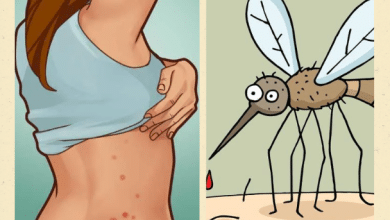Many of these accidents are preventable and dealing with a serious accident that could have been avoided can lead to a lifetime of guilt.
We have put together this quick guide to alert you to the hazards in your home so that you can keep your family as safe as possible.
There are many potential safety hazards around the house that can cause injuries or even death. Some of the most common ones are:
1. Slips and falls
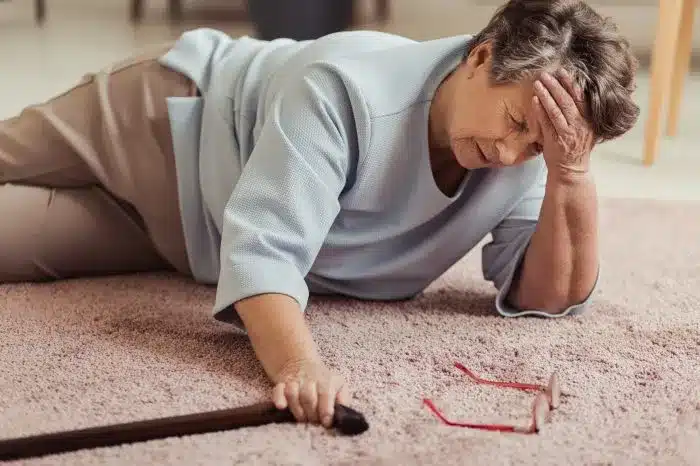
These can happen due to wet floors, loose rugs, clutter, poor lighting, or uneven stairs. To prevent them, you should keep the floors dry and clean, secure the rugs with non-slip pads, remove any tripping hazards, install adequate lighting, and repair any damaged steps or railings.
2. Fires

These can be caused by faulty wiring, unattended candles, cooking accidents, or flammable materials. To prevent them, you should check your electrical outlets and cords regularly, never leave candles or stoves unattended, keep a fire extinguisher and smoke alarms in your home, and avoid storing flammable liquids near heat sources.
3. Carbon monoxide poisoning

This can occur when carbon monoxide, a colorless and odorless gas, builds up in your home due to malfunctioning appliances, blocked vents, or improper use of generators. To prevent it, you should install carbon monoxide detectors in your home, have your appliances serviced regularly, and never use generators indoors or near windows.
4. Drowning
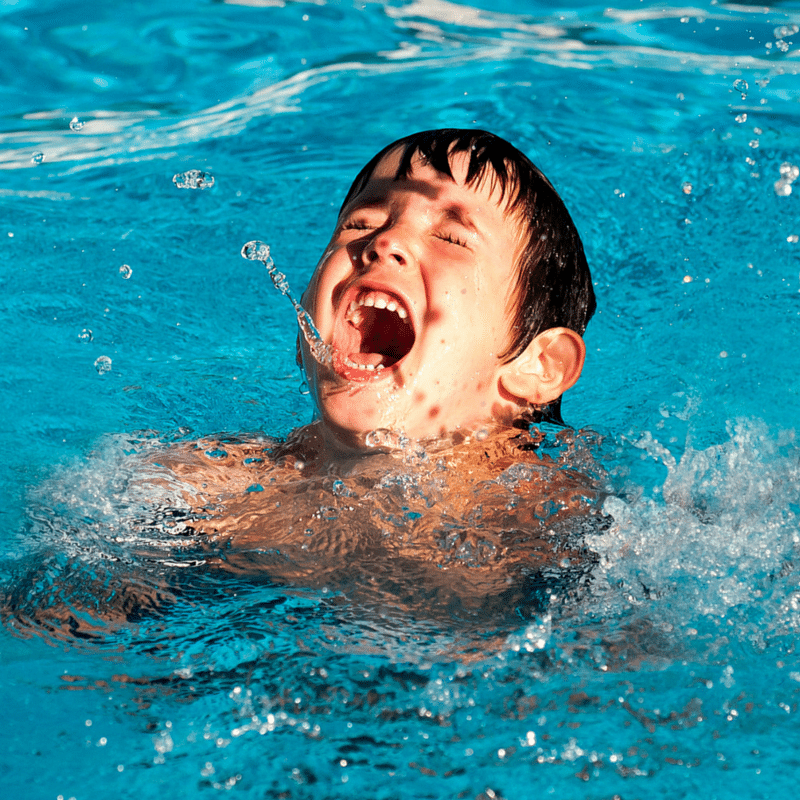
This can happen in bathtubs, pools, hot tubs, or buckets of water. To prevent it, you should never leave children or seniors alone near water, use safety covers and fences for pools and hot tubs, and empty any containers of water after use.
5. Poisoning
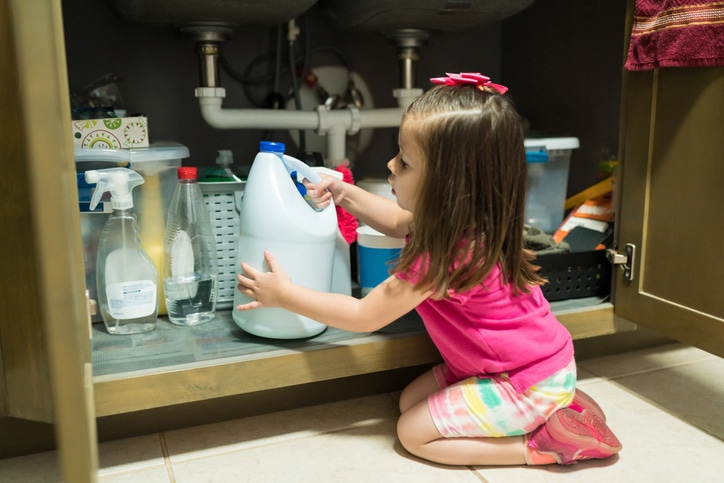
This can happen when children or pets ingest household chemicals, medications, plants, or other toxic substances. To prevent it, you should store these items in locked cabinets or out of reach, label them clearly, and dispose of them properly. You should also have the poison control center number handy in case of an emergency.
6. Cuts and burns
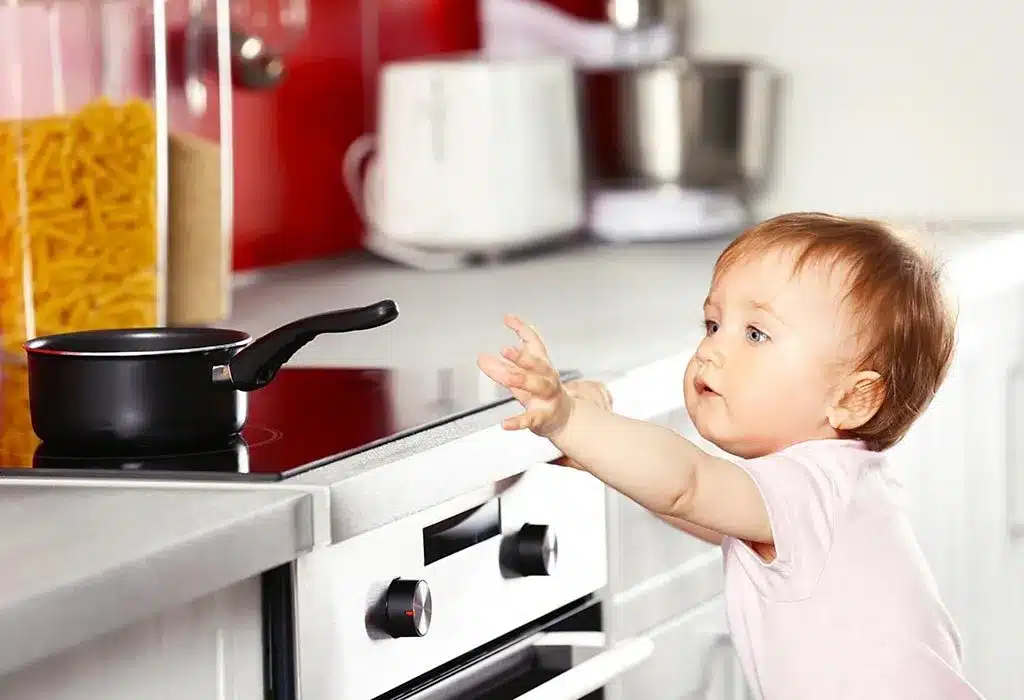
These can happen when using knives, scissors, razors, or other sharp objects. They can also happen when touching hot surfaces, such as stoves, ovens, irons, or curling irons. To prevent them, you should use these items with care and supervision, keep them away from children and pets, and turn them off when not in use. You should also have a first-aid kit in your home to treat minor injuries.
7. Choking
This can happen when swallowing small objects, such as toys, coins, buttons, or bones. It can also happen when eating too fast or not chewing well. To prevent it, you should keep small objects out of reach of children and pets, cut food into small pieces for young children, and avoid talking or laughing while eating. You should also learn how to perform the Heimlich maneuver in case someone chokes.
8. Electrocution
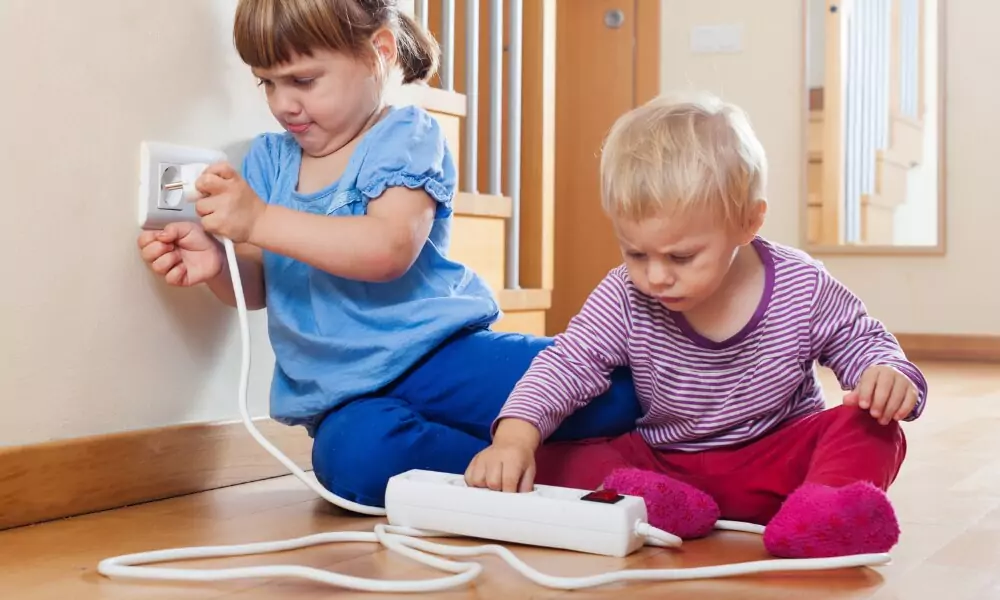
This can happen when touching exposed wires, damaged outlets, or wet appliances. It can also happen when using electrical devices near water sources. To prevent it, you should cover any exposed wires with electrical tape or insulation, replace any damaged outlets or cords with new ones, and keep electrical devices away from water sources. You should also avoid overloading outlets or extension cords.
9. Falling objects
This can happen when heavy or unstable items fall from shelves, cabinets, closets, or furniture. It can also happen when items are thrown or dropped accidentally. To prevent it, you should secure any heavy or unstable items with brackets or anchors to the wall or floor. You should also avoid stacking items too high or placing them too close to the edge. You should also be careful when handling items above your head.
10. Animal bites
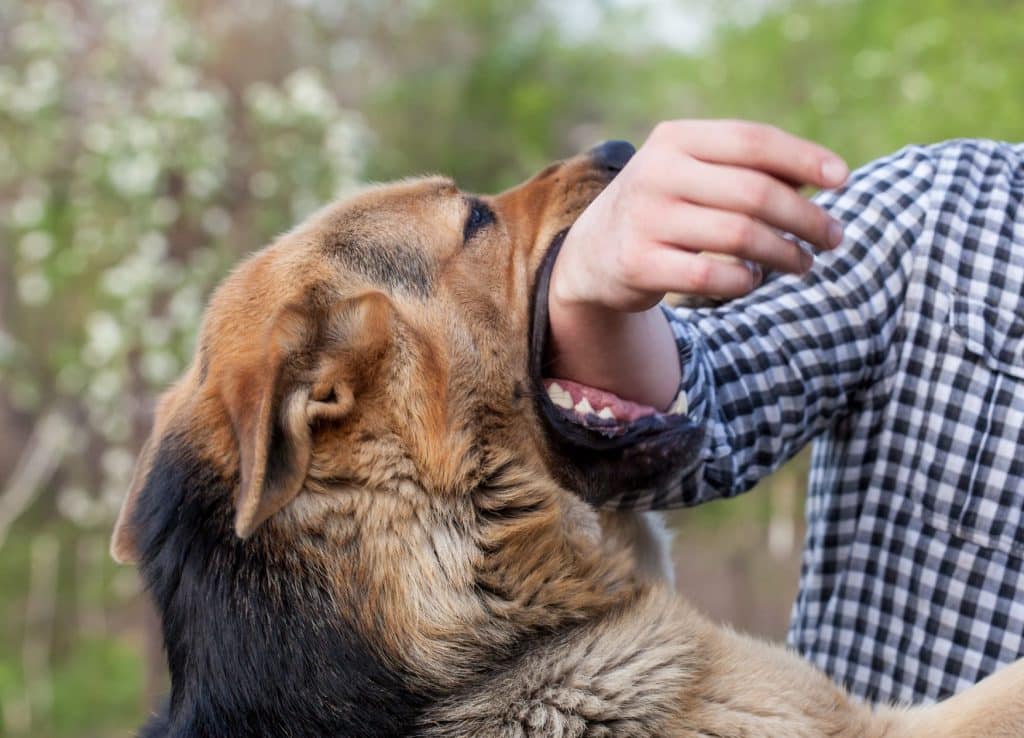
This can happen when interacting with pets or wild animals. It can also happen when encountering insects or spiders that bite or sting. To prevent it, you should train your pets to behave well and keep them vaccinated and groomed. You should also avoid approaching or feeding wild animals that may carry diseases or parasites. You should also wear protective clothing and repellent when outdoors and check for ticks after returning home.
These are some of the top safety hazards around the house and how to handle them. By following these tips, you can make your home a safer place for yourself and your loved ones.
We hope you found this quick guide useful and that you and your family stay safe at home.😊


